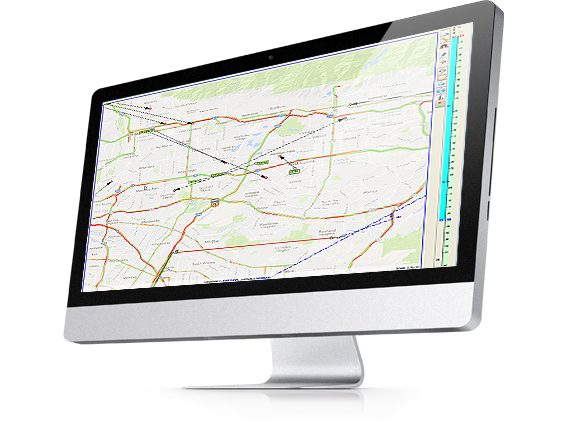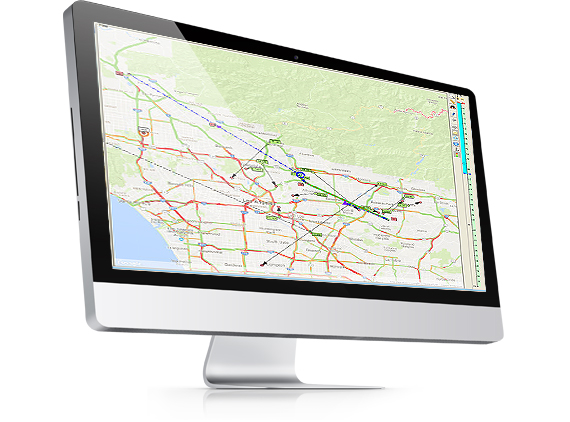


Your powerful optimal router is the heart and the brain of the system which must go the extra mile
in sheer strength and architect smart optimal routes within provided constraints.
You 5M’s powerful optimal router is a robust engine which takes into account all constraints, considers planned available resources,
routes direction and traffic to build most practical and optimal route.
One the of most complex components of any paratransit software system is the routing engine. Designed to combine individual trips into a cohesive run, and then combine hundreds or thousands of runs into a complete daily route; efficient routing is critical to the success of today’s paratransit industry. The drive for increased efficiency and potential for improvement with modern computing and communications technology has inspired many in academia to invest considerable time and effort to publish research seeking to find the most effective algorithms for this task. Most of these publications date back to the 1960’s and 70’s and though they have attempted to address important aspects of this problem— their attempts frequently demonstrate solutions by using a small number of trips being operated under unrealistic conditions or constraints.
The paratransit industry however, faces many practical problems that are not well addressed in past studies. Many routing systems in the market today plan routes using a fixed number and type of pre-scheduled vehicles and drivers. These systems are unable to take into consideration variations in vehicle size, agility, capacity, driver experience and competency, scheduled hold times, or even holidays. As a result, even systems which had been designed based on the research of academia fail in practical application due to many seemingly unexpected and unaccounted for but unsurprisingly commonplace events.


Today’s academic and industry research reveals that only a small percentage of trips contribute in large part to the inefficiencies of ride-share routing. In some cases, these outlying trips are easy to recognize during the pre-routing process due to their scheduled time or the geographic position of their pick-up and drop-off locations. However, for many daily inefficiencies caused by these outlier trips, there is no obvious indicator to pre-determine an issue or complication. While creating routes, the algorithm recognizes those trips which add excessive cost to the routes and chooses the most optimal fleet and vehicle type for each trip.
Built around solid academic theory and research to address practical and operational issues, 5M overcomes the shortcomings of these competing systems with a mixed-fleet routing algorithm paired with an unparalleled resource management system. As covered in the accompanying article, through 5M’s Interactive Resource Management—a comprehensive and flexible resource adjustment application—5M is able to track an array of attributes including speed differentials as well as vehicle starting and ending locations (depots), service, fueling, and pre-or-post inspection times—all of which can be assigned to fleets, specific vehicle types or even individual drivers.
5M’s ability to recognize fundamental differences between fleet, vehicle, and driver types allows it to make routing decisions based on the most efficient balance of cost-per-mile, service requirements, and trip need. For instance, the system recognizes that taxis and contracted vehicles often have a higher cost-per-mile and minutes, but are not burdened by other costs such as fuel, lunch breaks, or unoccupied “deadhead” vehicle time.
Most routing systems are unable to properly utilize the benefits of mixed-fleet routing and combine these outlier trips into their regular vehicle routes as opposed to isolating these trips for more optimal solutions. Because of this, organizations may face a drain on resources—which increases the cost of daily routes unnecessarily.
With these innovative capabilities 5M’s routing algorithm fully manages and utilizes mixed-fleet routing to plan robust routes with optimal resource use and a higher level of precision previously available on the market.